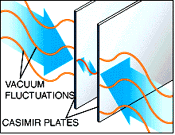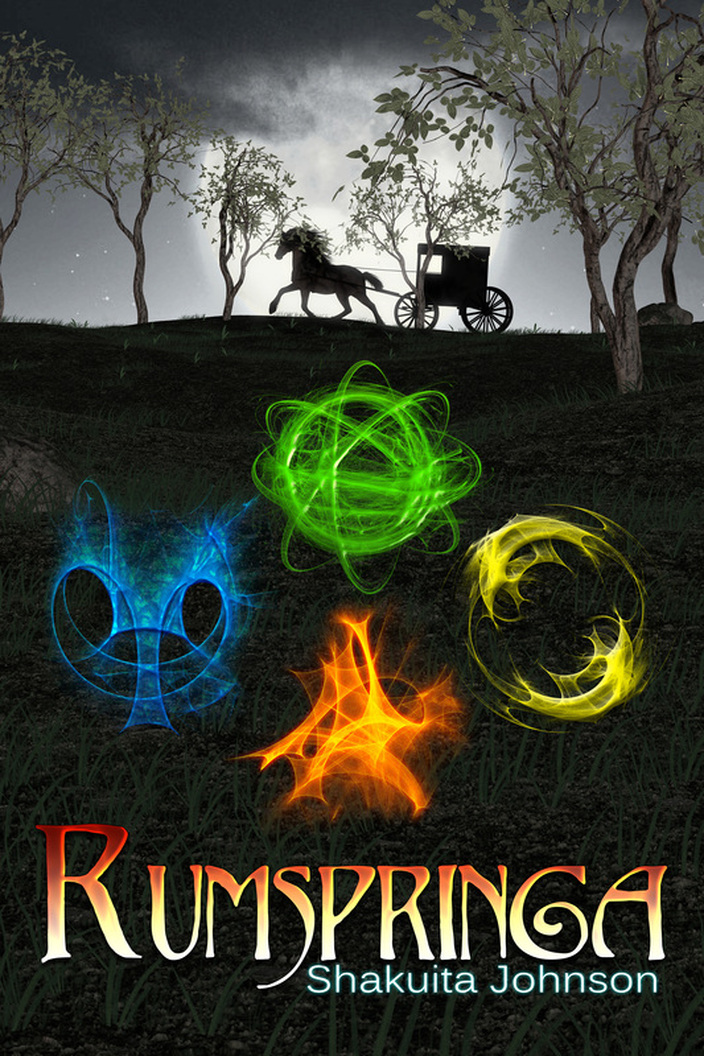Emma rushed to the hatch and descended a twelve-foot ladder to the ground below. A cool, comfortable breeze provided a soothing contrast to the heavy humidity of the transit tube. She drew in a deep breath, inhaling the freshness of a Persian countryside. A full moon hung in the sky like a giant Christmas ornament, bathing a grass-covered landscape in a soft veneer of light. She spotted movement in the distance…rapid movement. Someone running. She didn’t have to guess who that someone was.
She started to pursue, but figures emerging from the transit tube captured her attention.
Emma drew her sword and a throwing knife as she settled on a decision. She could go after Mao and contend with this new, presumed threat later…or deal with it now. She counted nine possible adversaries, masked and dressed in dark, close fitting attire, all armed with bladed weapons.
The figures fanned out around her, all but one whose proportions and gait was unmistakably female.
The woman halted seven feet in front of Emma, with hands spread to show that she did not intend to unsheathe either one of the four swords hanging from both hips. Slowly, the woman lifted a hand to her face and pulled off her black mask.
Emma’s brow rose in recognition at the sight of Sachini Udal, the Sri Lankan. “Professor…or is that really your vocation?” She queried with a cynical lilt.
“Funny you should ask,” Sachini replied with matching dryness. “Are you and your traveling companion really brother and sister?”
Emma’s silence spoke loudly and the Sri Lankan’s face broadened to a reptilian smile. “On to more important matters. We want the Chinese. Step aside.”
Emma shook her head. “He’s mine. I think you should be the one to step aside.”
Sachini’s smile vanished like a doused candle. “I’m giving you an opportunity to walk away, to live. That’s not a courtesy I render often, especially to enemy agents.”
“I appreciate the courtesy.” Emma positioned her feet in a fight stance. “But I don’t abandon my assignments so easily.”
The Sri Lankan regarded Emma with a warm blend of pity and respect. “Such an implacable dedication to duty is to be admired. I will mourn your demise.”
Emma’s eye darted to her opponent’s four swords. “A little over equipped aren’t we?”
Sachini’s smile returned. She spread both arms, elevating them until they were level with her shoulders.
Emma watched the display with curiosity.
Beneath Sachini’s raised arms another pair of arms sprouted through gaps in her uniform. Flexing the hands of her newly emerged limbs, the Sri Lankan drew all four swords simultaneously.
Emma gaped at the four-armed woman. “Well…that answered my question.”
Sachini extended her swords toward Emma and charged.
The Mandinka’s lips pressed tightly as she braced for a new round of combat. The thought of how she was going to fend off a four-armed opponent, shared easy space with the thrill of meeting a new challenge.
The thumping of propellers filled the air, followed by a glare of light from above.
Sachini stopped short and looked up to see an airship descending from the sky.
Search lights from bow to stern spotlit Emma and her Sri Lankan foes.
Emma recognized the airship’s distinctive horizontal oval configuration as a Mandinka model. The Mandinka extraction force had arrived in timely fashion, but Mao Li remained at large.
“Get the Chinese!” Sachini yelled to her soldiers before arrows launched from archers in the airship’s wardeck showered groundward.
Sachini became a whirling blur of precision. Her four swords sparked brightly in the night as she deflected a torrent of arrows. Six of her soldiers fell, perforated by arrow fire.
Emma’s sword carved across the chest of the seventh one, fatally striking him down. She sprinted into the darkness, going after Mao Li. Minutes later, she spotted the silhouette of one of Mao’s pursuers up ahead.
Sensing he was being followed, the soldier stopped and turned. Emma was already on him, the point of her blade thrusting out of her victim’s back. She withdrew her sword from the man’s body and kept running without so much as a rearward glimpse.
********
Mao Li’s lungs burned. His legs felt like slabs of stone. He slowed his run to a brisk walk. Finally, he halted next to a gnarled tree and leaned exhaustedly against its trunk. Here he was, stranded somewhere in Persia, hounded by a lurid assortment of international rogues and manhunters he would have willingly cooperated with for the right price. But no one offered him the right price. At least not enough to dissuade him from going to North America with his knowledge. Somehow, he would reach his destination…
His ears picked up a faint rustle. Mao looked about and his heart nearly popped out of his chest. A black clad figure wielding a wicked looking scimitar stood before him, his face concealed beneath a mask that hid all but a pair of piercingly focused eyes.
Dammit. So much for his trek to North America. Mao Li held up both hands. “I don’t know who you are, but I surrender.”
The masked man suddenly seized up and pitched forward flat on his face.
Mao saw a multi-bladed weapon poking out of the man’s back.
A short distance away, the person who flung that weapon approached him. The African woman.
Mao let out a weary sigh. “You again?”
Emma ignored the remark, retrieving her throwing knife from the Sri Lankan’s back.
“Sorry I have to do this,” she said.
“No need to apologize for doing your duty,” Mao replied sourly. “With insanely determined individuals like you in its service, your nation deserves the formula.”
“That’s the problem, Mao. I don’t want my nation to have your formula. I don’t want the world to have it. Your formula is anathema. It will only inflict greater misery upon humanity. War in its current form is terrible enough. We don’t need newer ways to maximize wholesale slaughter.”
“Noble sentiment,” said Mao in a bored tone. “But what you want is irrelevant. What makes you think there can be progress in peace without progress in war making?”
Emma picked up the dead Sri Lankan soldier’s scimitar. “I have a secret which I’ve revealed to no one up to this point. I’m a latent telepath. It took some effort, but I managed to pry the ingredients of your formula out of your head. 75 parts saltpeter, fifteen parts charcoal, ten parts sulfur. Correct?”
Mao’s face went white, his eyes widening. “Im…possible…!
That was all the confirmation Emma needed. She swung the scimitar. Its tip opened a gash in Mao’s throat.
The Chinese engineer slid down the tree trunk, blood pumping from a severed jugular, his features frozen in shock.
“I’m not apologizing for kidnapping you. I apologize for killing you.” Emma carefully placed the scimitar back in the fallen Sri Lankan’s grasp and waited.
A minute later, the Mandinka airship arrived…
********
Emma and Oduwa returned to Niani, the Mandinka Republic’s capitol, three days later. They reported to Ali Toure, Director of the NIS (National Intelligence Service).
In his spacious office overlooking Niani’s sprawling splendor, Director Toure’ listened to Emma’s report in grim silence.
“By the time I reached Mao Li he was dying, struck down by the Sri Lankan operative. I eliminated the operative. I tried to render what first aid I could to Mao Li…but…” Emma shook her head in a display of dejection. “He was too far gone. I’m sorry, Director.”
Toure frowned, bitter disappointment etched into his features. “Don’t worry about it, Emma. You and Oduwa did your best to secure what would have been a vital asset. Why the Sri Lankans would want this man dead is beyond me.”
“Agreed sir, but if you’ll permit me to point out the bright side, at least the Sri Lankans don’t have the formula. Neither do the French, the Arabs or the Zulus. The balance of power remains unaltered.”
The rotund director nodded slowly, trying, with effort, to squeeze a drop of consolation from those words. “You’re right. Although I can’t say I’m satisfied with that arrangement. We Mandinkas ruled a mighty empire long ago. We were lions among prey.”
“We remain lions, Director,” Emma insisted.
“Yes, but now we’re lions among lions. This power balance irks me. It leaves us with no advantage over anyone. The formula would have changed our standing in the world.”
Emma nodded soberly. Toure’ could not have been more right.
********
Emma emerged from the director’s office to find Oduwa waiting for her.
“Ah, my dear Emma. A source sent me a dispatch stating that the Sri Lankans never wanted Mao Li dead, at least according to the woman who led the mission to supposedly capture him.”
Emma looked appropriately puzzled. “Strange Sachini would make that claim.”
Oduwa gazed intently at his partner. “Yes. Strange indeed.”
Emma shrugged. “Maybe the operative that killed Mao Li was a rogue.”
“You may be right. He may very well have been killed by a rogue.” Oduwa’s emphatic stare didn’t waver.
Emma smiled. “I’ll save that mystery for another day. I’m taking a nap.”
“Sweet dreams,” Oduwa offered in wry amusement.










